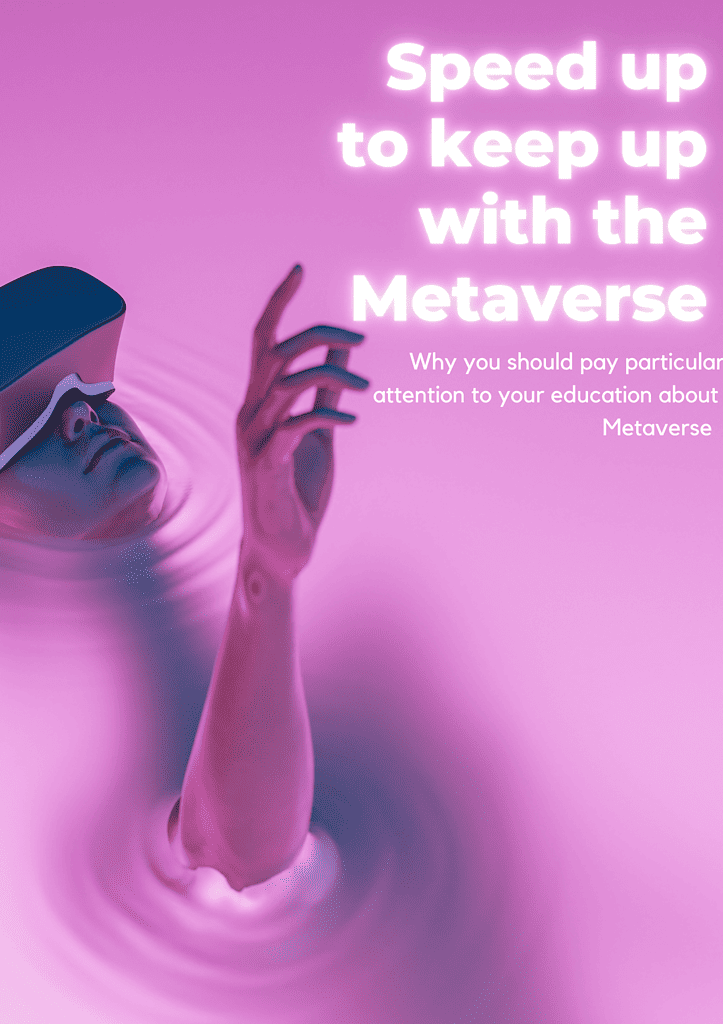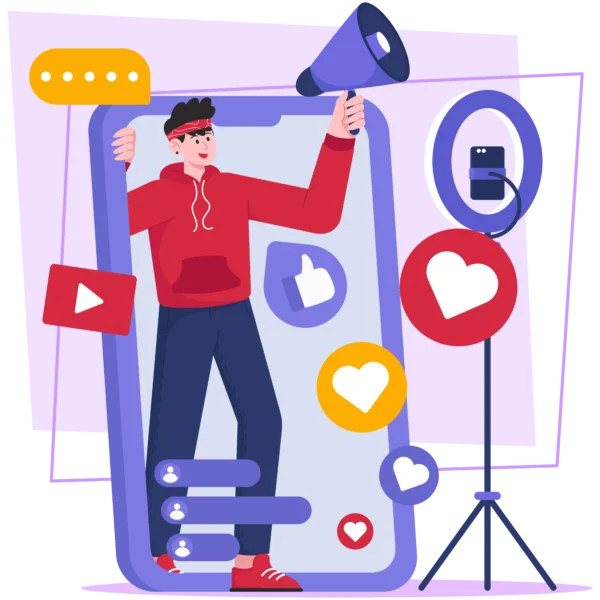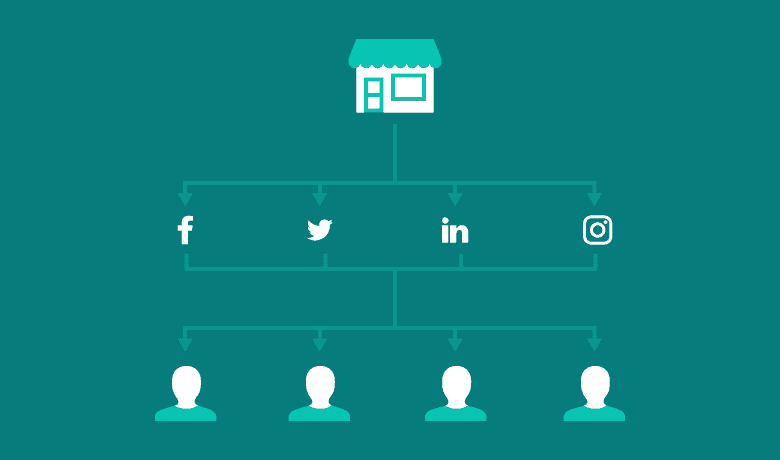According to a Gartner report, 25% of people will spend at least one hour per day in the metaverse in 2026, participating in events or educational activities, playing, interacting, shopping, or working.
Without qualifying Gartner’s prediction, which has no scientific or methodological basis and is primarily based on how the #technology is likely to be adopted over the next four years, it is worth considering how we should approach or explore the idea of the #metaverse as a place we might end up using to do a variety of everyday things.
As users, our approach boils down to being reasonably attentive to developments emerging and testing those we can occasionally try.
More intriguing is thinking about ourselves as active participants, that is, as companies that offered products or services in the real world until a few decades ago, then shifted to the internet, and that could be in the metaverse within a few years, defined as a #collective, shared, immersive, and persistent #virtual #space created by the convergence of virtually enhanced physical and #digital realities.
What should #businesses do about it?
Consider how their products and services might fit into this scenario first. In my case, when I think of the sector I’ve worked in for 32 years, education, the metaverse offers limitless possibilities beyond simply “being in it” or “doing in it what we do outside of it.”
The opportunities for #education provided by the metaverse are vast, especially when we consider that many of the activities for which education must prepare those who participate in them will also be altered by the #adoption of the metaverse at all levels.
We now educate graduates on how the #internet works, and we will almost certainly need to do the same for the metaverse.
There’s a parallel here with the first phase of the pandemic: as many #businesses began using #videoconferencing and sending employees home to work, education attempted to do the same, but with mixed results: while most businesses were able to maintain productivity during the lockdown, education, with a few exceptions, performed poorly.
This week, I’m taking an “Out of Office” #course at the University of Arkansas with its Dean, Matthew Waller, and Phil Libin on the implications, both organizational and personal, of the development of an increasingly distributed workforce, and will be participating in the “Important Questions in Distributed Work” module entitled “Reimagining Higher Education,” in which I hope to have an exciting discussion on the topic.
There are numerous reasons why most companies could adopt distributed methodologies. In contrast, most educational institutions could not do so, with much of it having to do with incentives, preparedness, or the determination to carry out some objectives even if the conditions were not initially ideal.
However, isomorphism played a role, as did the inability to propose alternative experiences or simply laziness, because most people assumed the situation was temporary.
Education and business are not separate environments, and if the education sector is to perform in a world where more and more people work remotely, it must incorporate these methodologies.
Soon, the most successful educational institutions will be those that can prepare their students for a world in which many of them will work in hybrid or fully distributed environments.
In that sense, the metaverse is a step further: if #Gartner’s #predictions are correct, we will be meeting, going to concerts, playing games, interacting, or working in some #virtual environment in as little as four years, and it will be up to educational institutions not only to maximize their business utility but also to prepare their graduates for such a scenario.
We must determine whether Gartner is correct or incorrect in its time estimate.










